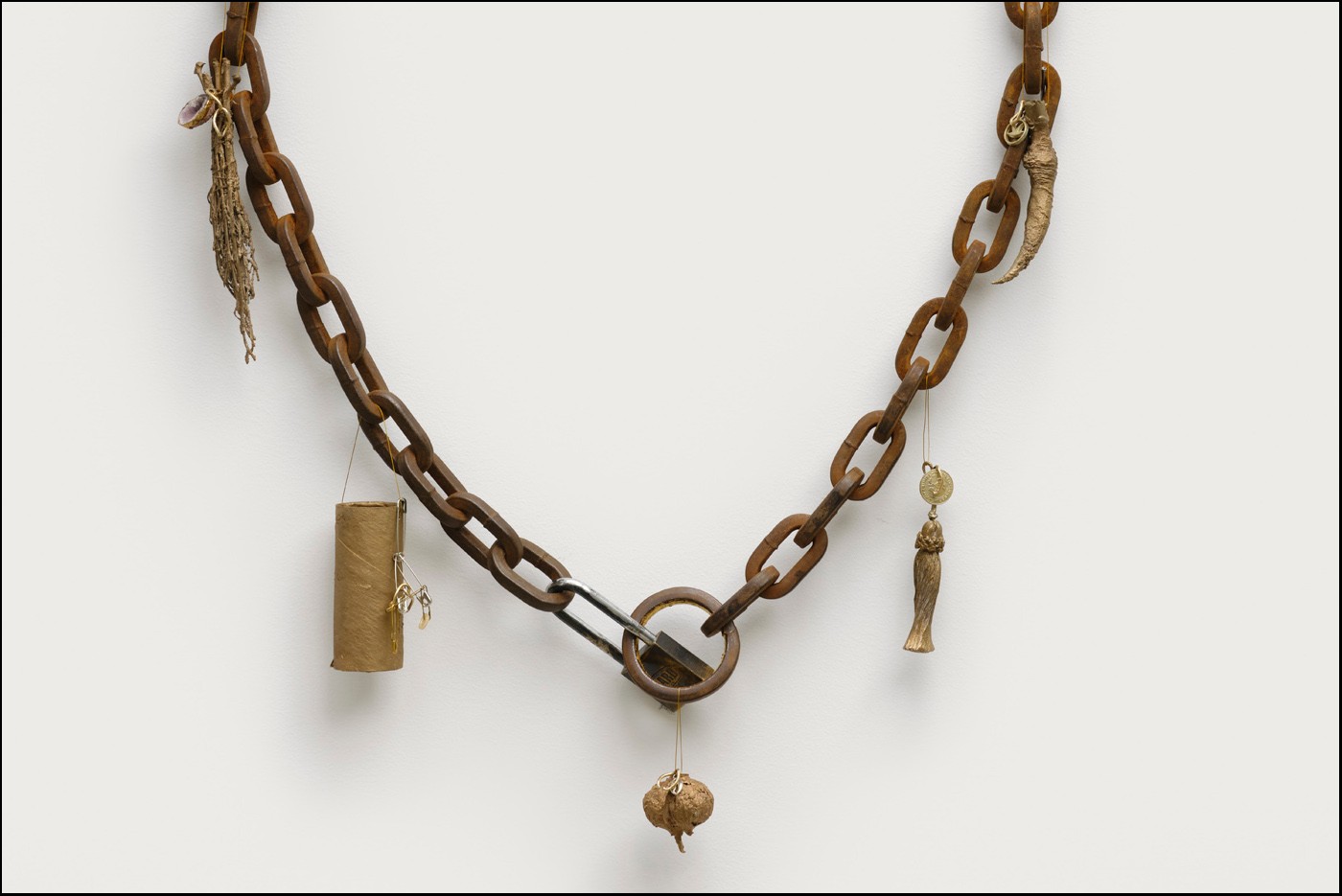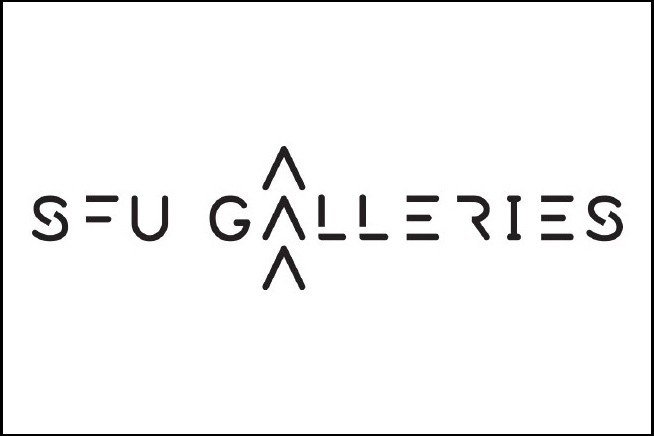REFLECTION: What Have We Otherwise Learnt?: Art as a Mode of Truth Production Across Lifetimes in Lawrence Abu Hamdan’s work
OGHENEOFEGOR OBUWOMA | January 25, 2022
Lawrence Abu Hamdan’s work investigates the process of listening as a political tool. His work draws heavily from ear witness accounts and he is interested in how sound can reveal information in the absence of sight. He collects information from individuals to build an archive of their first-hand accounts of events. In his exhibition at the Audain Gallery, For the Otherwise Unaccounted, he shares a wealth of information from not only interviewees but those who witnessed their lives. In Once Removed (2019), a dual-channel projection, a reincarnated soldier recounts what he witnessed during the Lebanese war in his past life. Conversely, For the Otherwise Unaccounted (2020)—an installation of vinyl printed photographs on the Audain Gallery’s south-facing windows and a series of text panels displayed on slanted green shelves—presents documentation of birthmarks, evidence of reincarnations and those who witnessed their lives. These two works evoke a suspended sense of time in the gallery space. Throughout the exhibition, Lawrence Abu Hamdan transcends time, space, and memory to bring forth documented accounts that question the possibilities of human existence.
Lawrence Abu Hamdan, For the Otherwise Unaccounted. Installation view of Once Removed, 2019. Photo: Rachel Topham Photography.
Once Removed sits in the dimly lit gallery space projected on two screens. It recounts the work of Bassel Abi Chahine, a writer and autodidact historian, who gathered memorabilia and photographs from the Lebanese Civil War (1975–1990) in a bid to understand his unexplained childhood memories of his past life as a child soldier. Abi Chahine shares a personal history of the Chouf War (1983–1984) (1984–1989)—also known as the Mountain War, a sub conflict during the Lebanese Civil War—that he was not alive to experience. His extensive research led him to conclude that he is the reincarnation of Yousef Fouad Al Jawhary, a soldier killed in 1984 at the age of 17. Photographs of his past life are projected on screen showing the viewer where he lived and died, depicting a thorough archive of who he was. Abi Chahine’s archive provides a history of a time and place through images and memorabilia that he collected. But, it also draws from his memories, research and documented accounts from former soldiers and family members of his past life—revealing knowledge of the Lebanese Civil War, the Peoples Liberation Army (PLA) and Progressive Socialist Party (PSP) which are not openly spoken about in Lebanon today. Through his archive, Abi Chahine presents a way to reach a hidden past. What strikes me with this work is how memories can leak across something as finite as death, calling into question: is death as finite as I have been taught?
Once Removed investigates what Abu Hamdan refers to as the “transmigration of speech from the dead to the living,”[1] a way that information and words can be passed on even after death. In The Whole Truth (2012), he works with voice analysis for lie detection[2], this work is also grounded in the politics of hearing. This “hearing” is brought to a new realm by questioning what sounds can be transferred across souls. Bassel Abi Chahine truly knows himself to have been Yousef Fouad Al Jawhary and through his memories and experiences he has bridged a gap between lifetimes. What we see as he reaches across this threshold of death is that witnesses to a life are as important as the life itself.
Lawrence Abu Hamdan, For the Otherwise Unaccounted. Detail of For the Otherwise Unaccounted, 2019. Photo: Rachel Topham Photography.
Through a curtain that leads to a lit space that looks out onto the south-facing window towards Hastings Street, is For the Otherwise Unaccounted. This work draws from the research of Dr. Ian Stevenson on reincarnation in his book, Reincarnation and Biology: The Etiology of Birthmarks (1997), which includes case studies of how reincarnation can be linked to birthmarks and defects (mainly from non-western countries), challenging western biology and science. The blood red-like birthmarks captured in vinyl on the gallery windows are analogous to the wounds left on people interviewed who can remember stories, words, and elements of their past life. The work explores how these birthmarks signify trauma to the body as a site of unresolved violence. It is alluded to that the unresolved nature of the violence is a reason why those interviewed can remember their past lives. The details of the subjects’ lives, circumstances of death and what they remember of their past lives are presented in the text panels. The birthmarks shown correspond with the type of injuries as described in the text panels; their shapes show bullet holes and spears, that reveal the violence committed.
Common to many of these reincarnations is that they were familial or community-based. Yvonne Ehrlich, for instance, is a reincarnation of her great aunt Martha Demmer who died during an air raid in Vienna. This reincarnation was confirmed by Martha’s son who witnessed similarities in Martha’s death wound and Yvonne’s birthmark. Some cases reached across countries like Ma Shwe Yee from Myanmar, a reincarnation of a Japanese soldier. There is an element of chance to these reincarnations that opens all the possibilities of who you could have been, of what one’s soul lineage could be, but also the possibility of one’s closeness to ancestral heritage. Something else I found interesting was that the subjects were not always people who had been wronged. In some cases, murderers and soldiers who terrorized their people had been reincarnated like in the case of Maung Tin Win, a reincarnation of U Thet Tin aka Napoleon who was a violent communist defector in Upper Burma. For the Otherwise Unaccounted is a haunting report of reincarnation made aware through the visible past inflictions that birthmarks reveal and through accounts of persistent memories carried over from past lives. The reincarnations are living documents of familial and community history from a point of trauma, acting as an archive of experiences.
Lawrence Abu Hamdan, For the Otherwise Unaccounted. Detail of For the Otherwise Unaccounted, 2019. Photo: Rachel Topham Photography.
Lawrence Abu Hamdan is inquisitive about what we carry across lifetimes both spiritually and physically. In Once Removed he asks questions that require Bassel Abi Chahine to dive into his archive and memories to give a detailed account of his past life. In For the Otherwise Unaccounted, we are presented with documents of peoples’ lived experiences of reincarnation from around the world, with their birthmarks taken from the book and made into vinyl prints that show only the birthmarks. This work contemplates how these people exist within a state of multiplicity and the possibilities of how life might and may continue after death. What struck me about the work was how art is capable of documenting truths that are not commonly heard. The artist calls into mind his belief of, “art as a mode of truth production,”[3] by questioning the idea of truth and what it entails. Are all these stories true to begin with? How can they be actual accounts of human experiences? Abu Hamdan’s presents the idea that truth is subjective and gains credibility through how it is perceived. For the Otherwise Unaccounted and Once Removed are archives of reincarnation, the different ways it manifests and how memory can be shared across lifetimes.
Ogheneofegor Obuwoma is a Nigerian filmmaker, storyteller, and artist who is currently completing a BFA in film production at Simon Fraser University. Her work explores "the personal" in relationship to her larger community and the cultural experience of being Nigerian. She is interested in African futurism and the ways we access the spirit.
---
[1]![]() Lawrence Abu Hamdan, "Once Removed, 2019" (website), http://lawrenceabuhamdan.com/.
Lawrence Abu Hamdan, "Once Removed, 2019" (website), http://lawrenceabuhamdan.com/.
[2]![]() Ibid.
Ibid.
[3]![]() "Meet the Artists | Lawrence Abu Hamdan." YouTube, uploaded by Art Basel, 28 July 2021, www.youtube.com/watch?v=lwS5Na13qCk&feature=youtu.be.
"Meet the Artists | Lawrence Abu Hamdan." YouTube, uploaded by Art Basel, 28 July 2021, www.youtube.com/watch?v=lwS5Na13qCk&feature=youtu.be.

